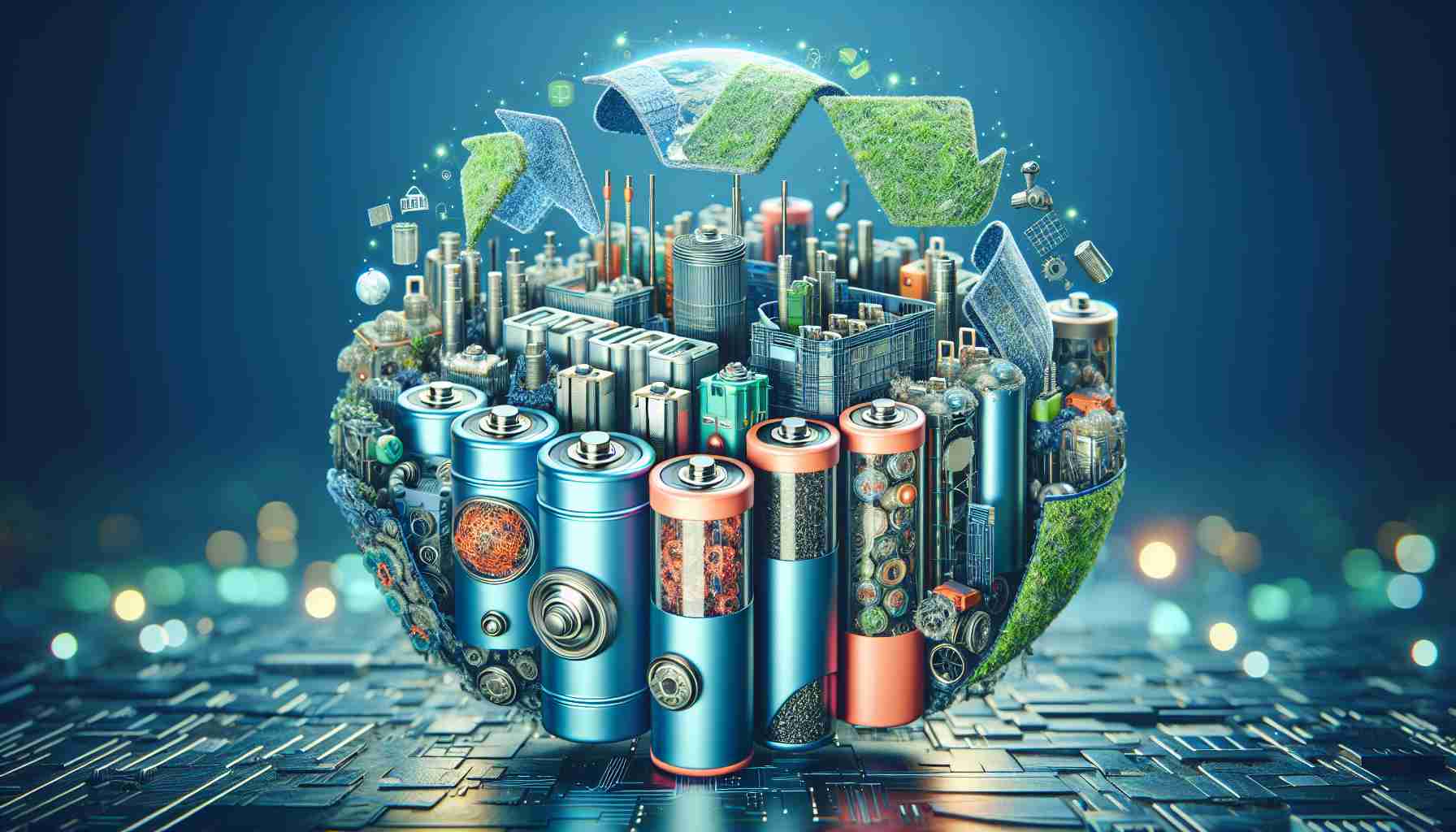Transforming Industrial Waste into Energy Solutions
In a remarkable development, researchers at Northwestern University have pioneered a method to convert industrial waste into efficient energy storage for batteries. This innovative technique utilizes triphenylphosphine oxide (TPPO), an often-discarded chemical byproduct, to create organic redox flow batteries.
Traditionally reliant on resource-intensive metals like lithium, the battery industry faces increasing pressure to adopt more sustainable practices. The achievement at Northwestern marks the first use of TPPO in battery technology, presenting a viable alternative to conventional metal-dependent solutions.
By employing a unique “one-pot” reaction, the research team successfully transformed TPPO into a practical component for these next-generation batteries. Their findings revealed that these organic batteries maintain remarkable energy storage capacity even after enduring 350 charge cycles, highlighting their potential efficacy and durability for large-scale applications.
The researchers believe organic redox flow batteries could reshape the future of energy storage. Unlike traditional batteries, which rely on metal electrodes, redox flow batteries utilize chemical reactions to manage energy flow. While less efficient in some respects, their stability and scalability make them ideal for grid-level energy solutions.
Overall, this groundbreaking research not only demonstrates how waste materials can be repurposed but also opens new avenues for sustainable battery technology. The hope is for broader exploration of waste-derived materials in energy storage, paving the way for eco-friendly advancements in the realm of batteries.
Turning Waste into Power: The Future of Sustainable Battery Technology
Transforming Industrial Waste into Energy Solutions
In a significant breakthrough, researchers at Northwestern University have developed an innovative method to convert industrial waste into effective energy storage solutions for batteries. This pioneering approach utilizes triphenylphosphine oxide (TPPO), a chemical byproduct often discarded in industrial processes, to create organic redox flow batteries.
# The Need for Sustainable Battery Solutions
As the global demand for energy storage systems rises, the battery industry faces increasing scrutiny over its reliance on resource-intensive metals like lithium and cobalt. Environmental impacts from mining these metals have spurred interest in more sustainable alternatives. The recent findings from Northwestern University herald a new era in battery technology that addresses these concerns by utilizing waste materials.
# How TPPO-Based Organic Batteries Work
The research team employed a groundbreaking “one-pot” reaction to transform TPPO into an essential component for next-generation batteries. This process is not only efficient but also highlights the possibility of repurposing what was once considered waste. The resulting organic redox flow batteries exhibit impressive energy storage capabilities, maintaining optimal performance even after 350 charge cycles.
Unlike conventional batteries that typically rely on metal electrodes, organic redox flow batteries store energy through chemical reactions. While they may present lower efficiency at smaller scales, their potential for stability and scalability positions them as a promising solution for grid-level energy storage.
# Pros and Cons of Organic Redox Flow Batteries
Pros:
– Sustainability: Utilize industrial waste, reducing environmental impact and reliance on rare metals.
– Longevity: Show resilience through numerous charge cycles, making them suitable for long-term applications.
– Scalability: Their design allows for easy expansion and adaptation to larger energy systems.
Cons:
– Efficiency: May be less energy-dense compared to traditional lithium-based batteries.
– Market Acceptance: New technologies can face hurdles in gaining industry-wide adoption.
# Future Prospects and Innovations
The success of TPPO in battery technology could prompt broader research into waste-derived materials, potentially leading to new innovations in energy storage. This shift could significantly influence the market dynamics of battery production, aligning with sustainability goals set by governments and organizations worldwide.
# Market Trends and Predictions
As businesses and consumers increasingly prioritize sustainability, organic redox flow batteries represent a crucial step toward eco-friendly energy solutions. The growing trend of recycling and repurposing materials within various industries bodes well for the acceptance of new battery technologies. Enhanced research and development could further drive down costs, making these sustainable options more economically viable.
# Conclusion
The innovation at Northwestern University exemplifies how current research can effectively contribute to sustainable practices in the energy sector. By transforming industrial waste into a valuable component of energy storage systems, researchers are paving the way for a greener future in battery technology.
For more insights on sustainable energy solutions, visit Northwestern University.












